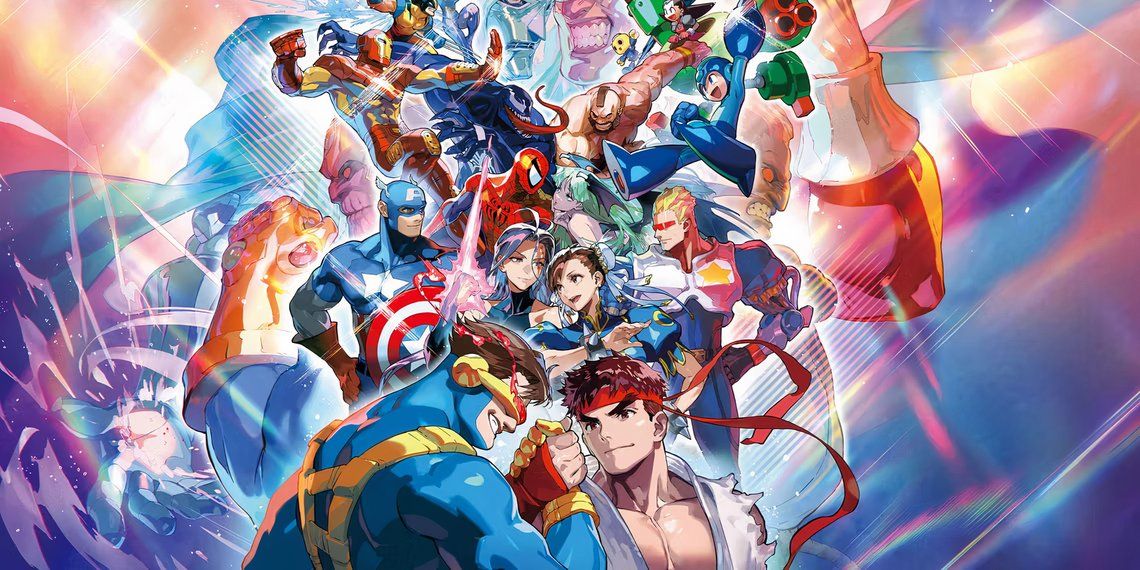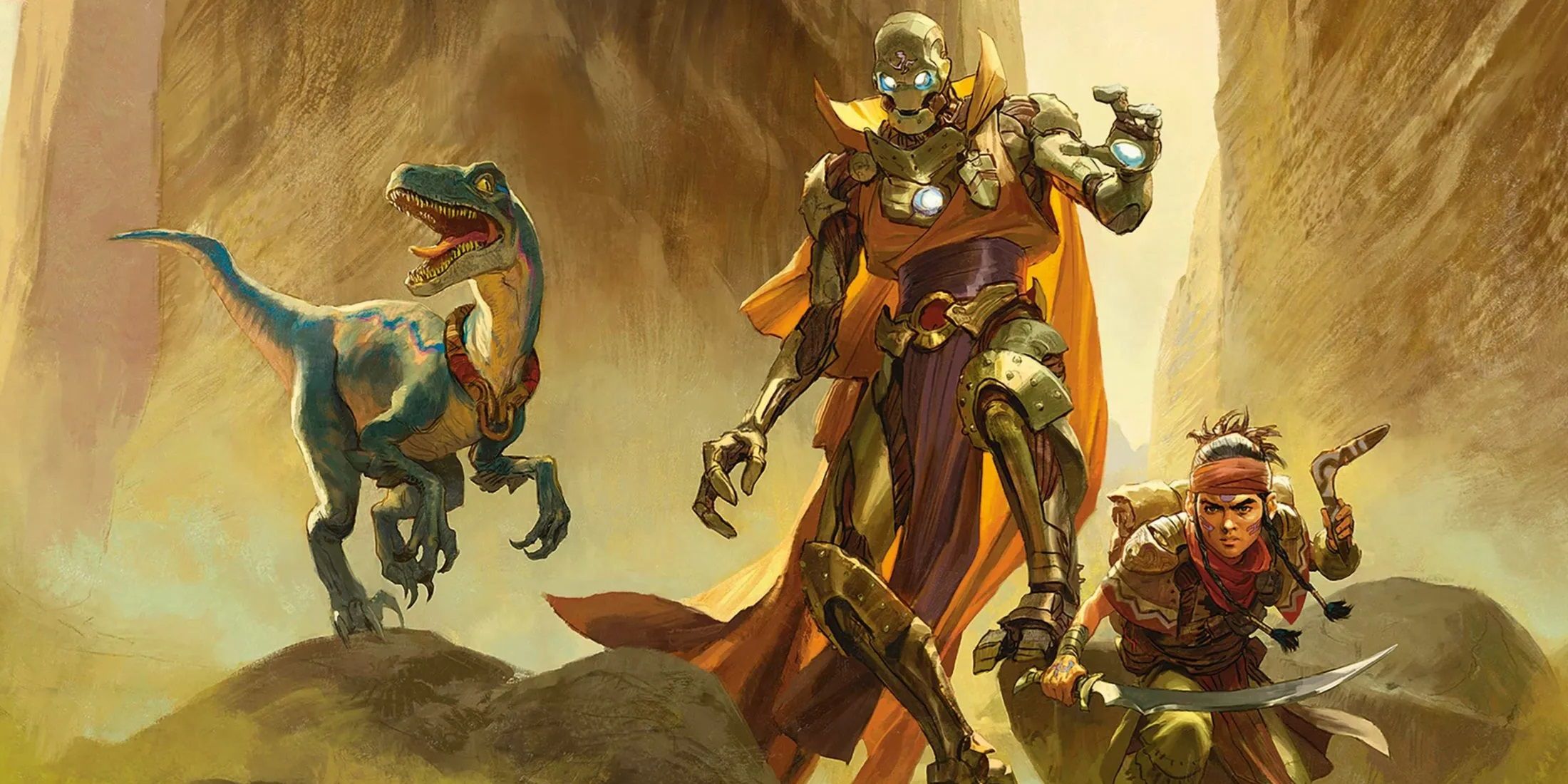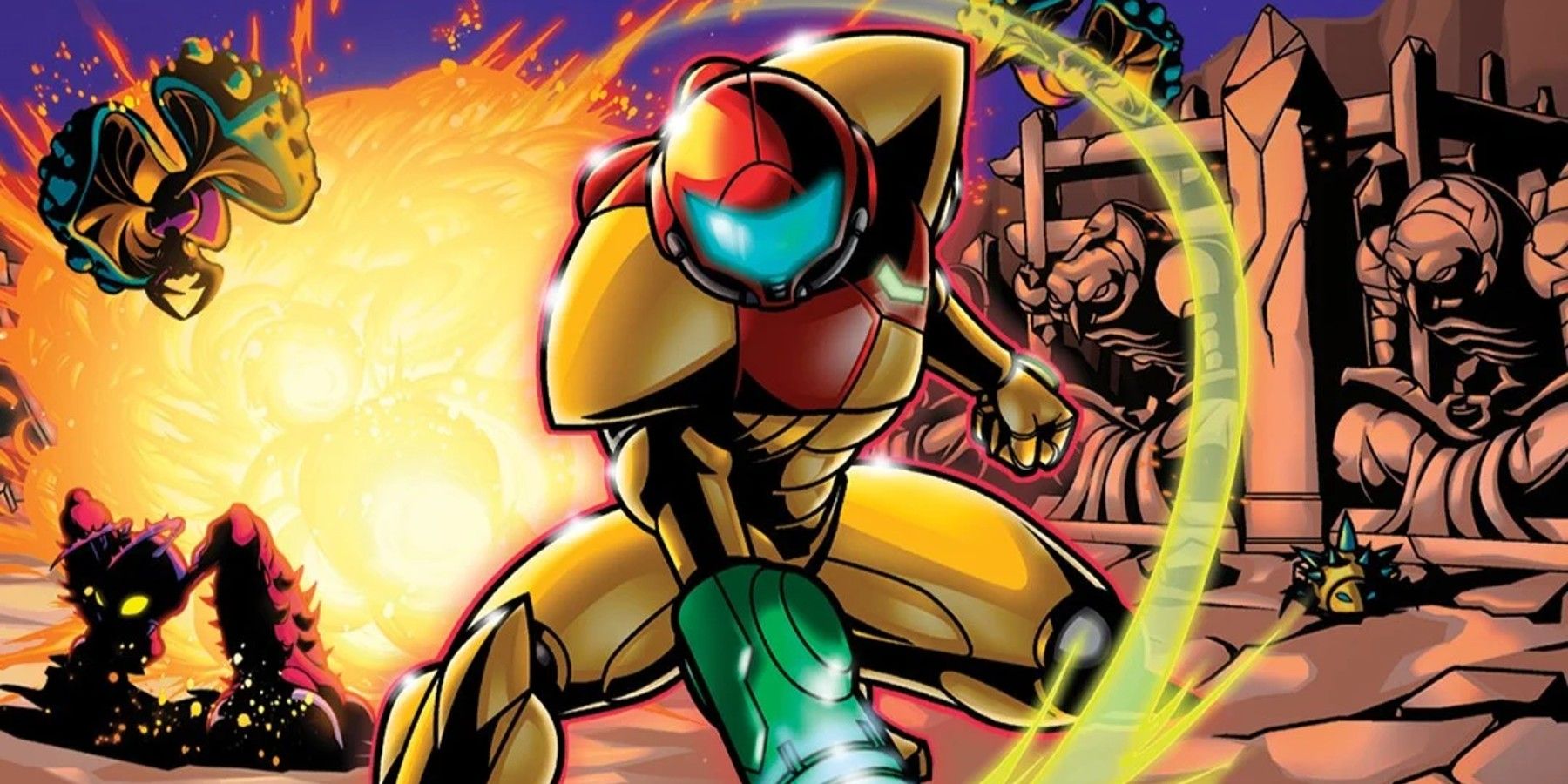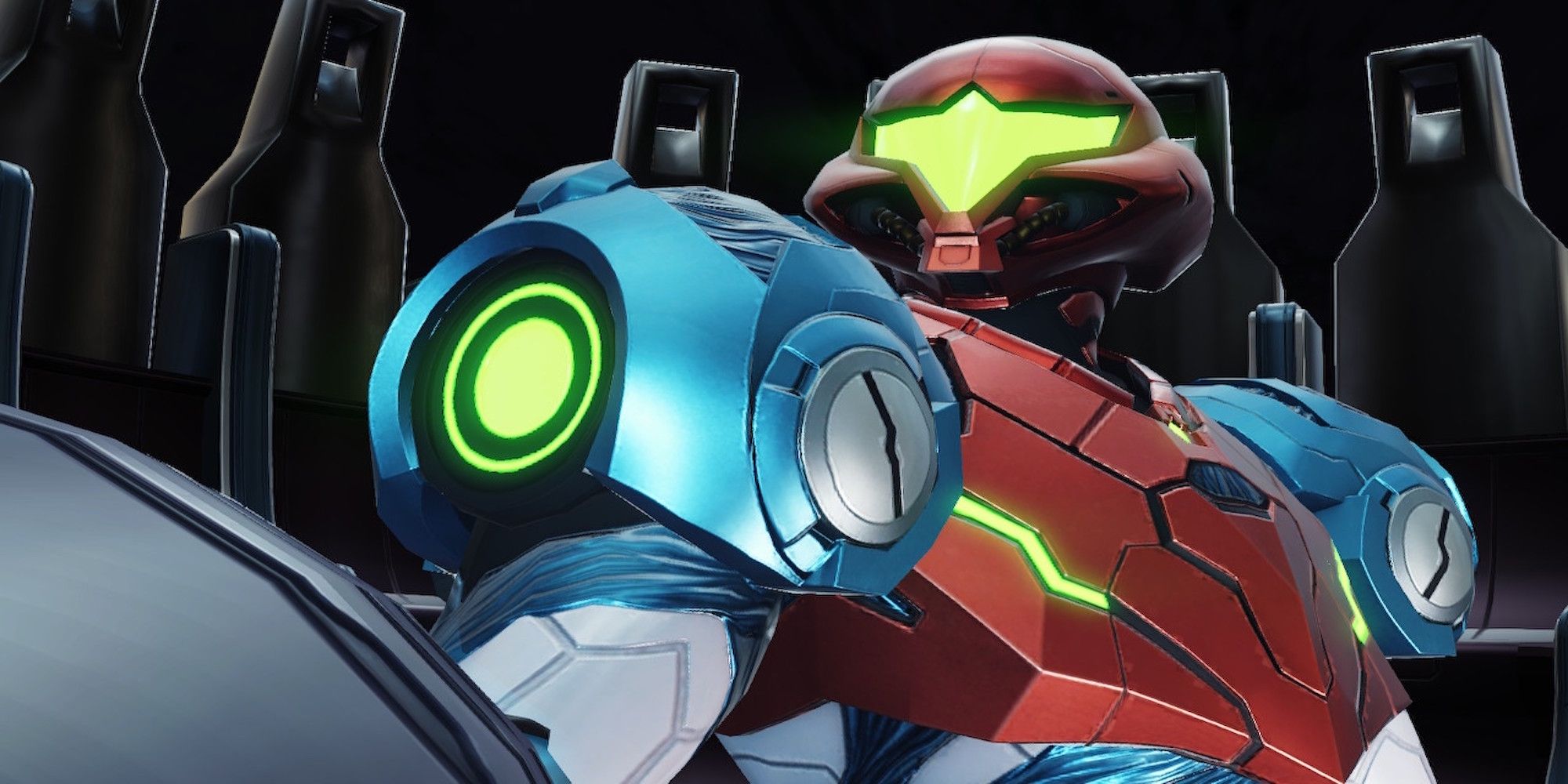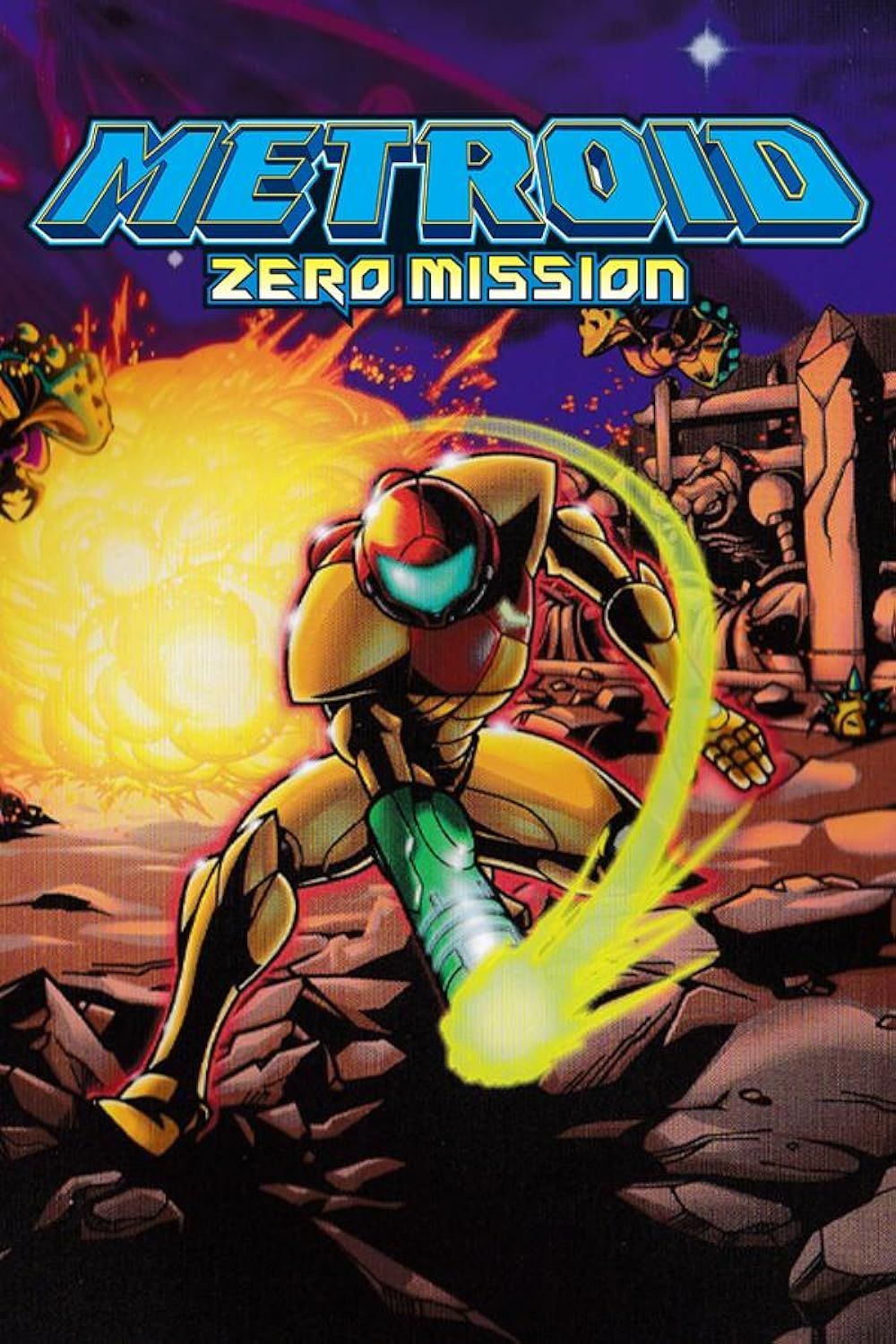Highlights
- Metroid: Zero Mission is considered the best version of the original Metroidvania game, improving upon the limitations of the original release.
- The core elements of the Metroidvania genre, including exploration, combat, and progression, were established by the NES-era games of Metroid and Castlevania.
- Metroid: Zero Mission's success and the recent success of Metroid Dread position it as a viable direction for the series, showcasing the value of AAA Metroidvanias and the potential for future games in that style.
Today marks twenty years since the release of Metroid: Zero Mission on the Game Boy Advance, and in that time the title continues to stand tall as the best version of a now-legendary game. Releasing in 1986 for the Famicom, and then arriving in North America on the NES the following year, the original Metroid is the progenitor of the Metroidvania genre and one half of its portmanteau. After the success of taking Super Metroid's innovations and applying them to the series' first new game in years with Metroid Fusion, Nintendo would capture lightning in a bottle twice by doing the same thing with Metroid: Zero Mission. The end result being that Zero Mission is the best version of the original Metroidvania.
Along with greats such as Castlevania, Dragon Quest, and The Legend of Zelda, Metroid was yet another title releasing for the Famicom in 1986. Like all those other titles, Metroid would push the envelope in terms of what was possible in a console video game. In the process, it would also act as the genesis for the Metroidvania genre, helping to define its key elements. Going back and playing the original Metroid, though, would prove to be a bit cumbersome, with the lack of an overworld map being its most glaring omission. Metroid: Zero Mission's filtering of the original game in the series through Super Metroid's gameplay elevates it to being a pillar of the genre.
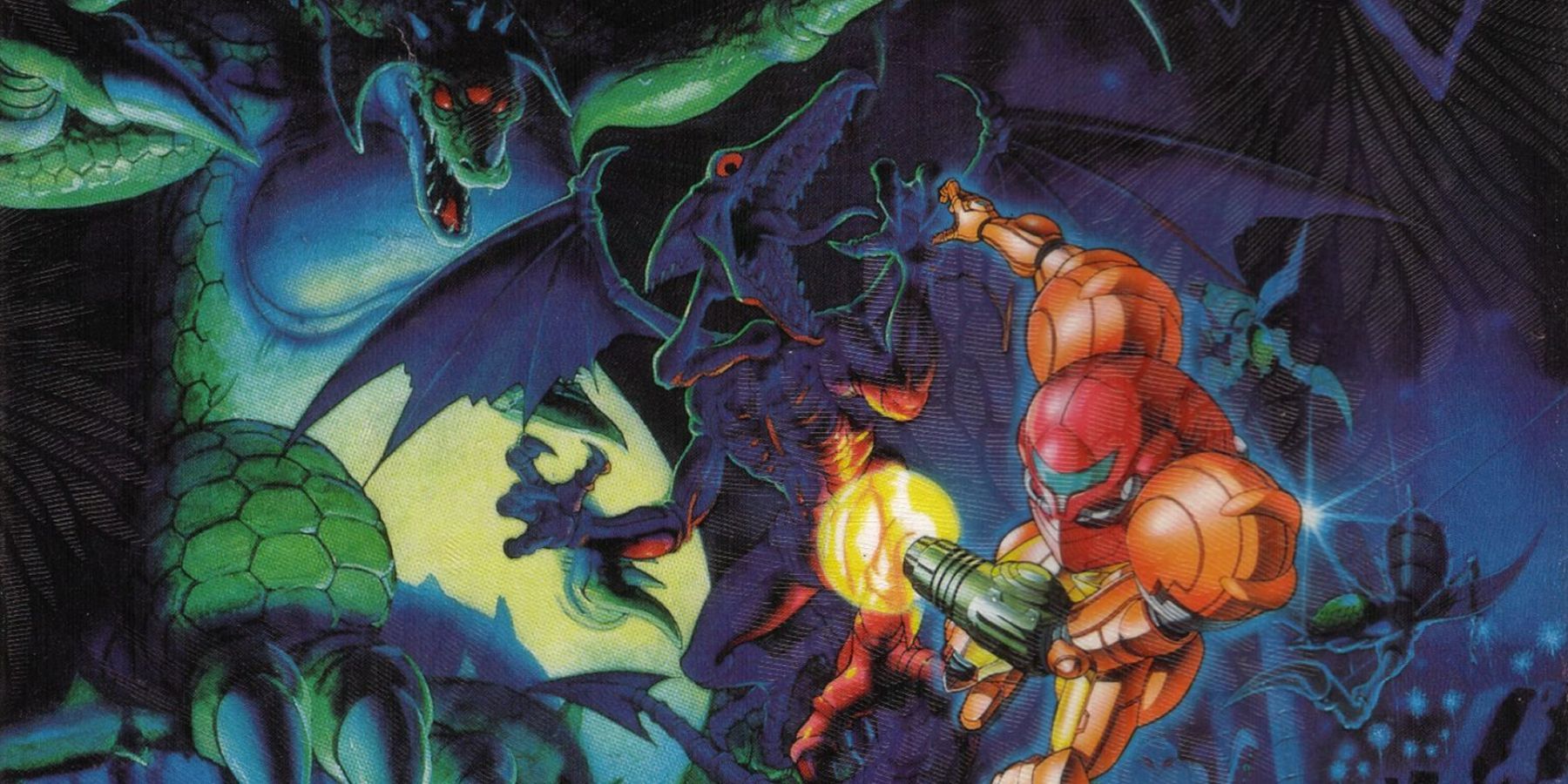
The Chronological Order of Metroid Games Explained
Metroid games generally focus on the player's story in gameplay, but certain titles do make their shared chronology important.
Metroid: Zero Mission Serves as a Reminder of Metroidvania Fundamentals
Long before both Super Metroid and Castlevania: Symphony of the Night would become the twin halves of the term "Metroidvania", both titles' NES-era games would lay down the foundation of the genre's core elements. Looking back at both Metroid and Castlevania 2: Simon's Quest shows that the main mechanics are all there. Players traverse a large, interconnected map, there's a mix of combat along with platforming, and biomes are gated off based on character upgrades and progression.
These core elements all remain intact in Metroid: Zero Mission, but they do so with the benefit of Super Metroid's quality of life improvements. Sure, using graph paper to procedurally draw out maps as players directed Samus through Planet Zebes' labyrinthine corridors was an immersive experience, but revisiting the original Metroid in the modern era mostly just proves how far the genre has come in the last 30-plus years. With Zero Mission, players get the best of both worlds, experiencing Samus' initial adventure but doing so through the lens of the commonly understood foundations of Metroidvania design.
Metroid's Recent Successes Position Zero Mission as a Direction for the Series
The Metroid series' long-awaited return to its original 2D side-scrolling roots with Metroid Dread proved to be a massive hit for Nintendo. To date, Metroid Dread is both the fastest and best-selling game in the entire Metroid franchise.
Metroid Dread's unprecedented success helped to establish that bringing Samus back into her 2D roots was exactly what players wanted from a new game in the series. Additionally, it illustrated the value inherent in AAA Metroidvanias at a time when the genre was arguably dominated by indie titles. Since its release, other AAA publishers such as Ubisoft and Electronic Arts are now releasing their own games in the genre, with this year's Prince of Persia: The Lost Crown already striking a chord with fans of the genre as a potential all-timer.
If Metroid: Zero Mission proves anything, it's that the core foundation of Super Metroid is still perhaps the greatest distillation of the Metroidvania genre and the foundation on which the series can continue to thrive. Following Metroid Dread's success, the series can chart a new path forward by using Metroid: Zero Mission (and, by proxy, the original Metroid) as the starting point. Hopefully, Nintendo will see fit to bring the title to the Nintendo Switch Online Game Boy Advance library sooner rather than later, joining Metroid Fusion and seeing the series represented fully on the console.

